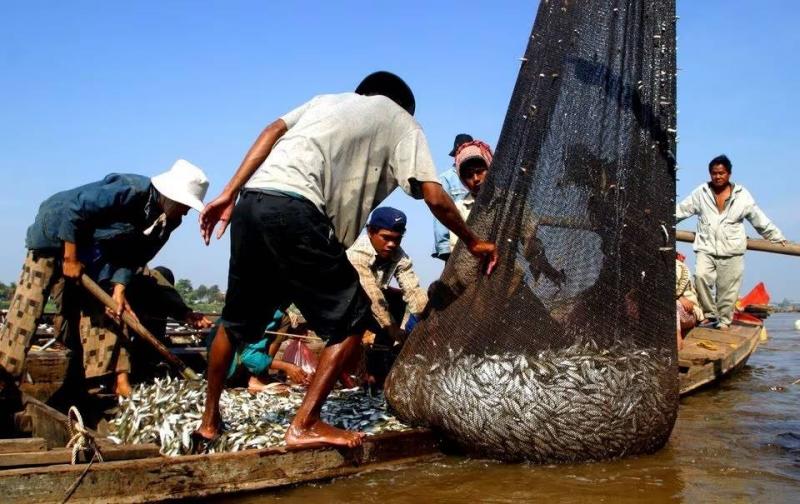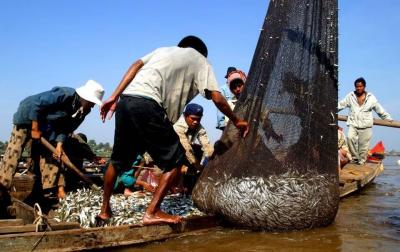It has been revealed that one in five fish species in the Mekong River is threatened with extinction due to hydropower dams and sand extraction, according to a report issued by a coalition of conservation organizations led by the World Wildlife Fund. The report quotes the director of the World Wildlife Fund in the Asia-Pacific region, Jan Mercado, stating, "Unfortunately, Mekong River fish are at severe risk, with about one-fifth of them threatened with extinction." The findings of the report are described as a "wake-up call" for the peoples and organizations in South Asia, urging an "urgent awakening."
The declining fish populations could impact the lives of millions of people who rely on the resources of the river that stretches over 4,000 kilometers from China to Vietnam. The report explains that "the construction of hydropower dams, poor fisheries management, sand extraction, pollution, and habitat loss have contributed to this phenomenon, exacerbated by climate change." The International Union for Conservation of Nature points out that about 74 fish species are threatened with extinction, including 18 species classified as critically endangered; however, the report's authors estimated that the actual number could be much higher.
The Mekong River serves as a reservoir of biodiversity, housing 1,148 different species of fish, including the giant freshwater stingray, which is considered the largest freshwater fish in the world. Fish populations have plummeted by 88 percent between 2003 and 2019 in Tonle Sap, located in Cambodia, which is regarded as the largest freshwater reservoir in Southeast Asia, according to a study cited in the text.




